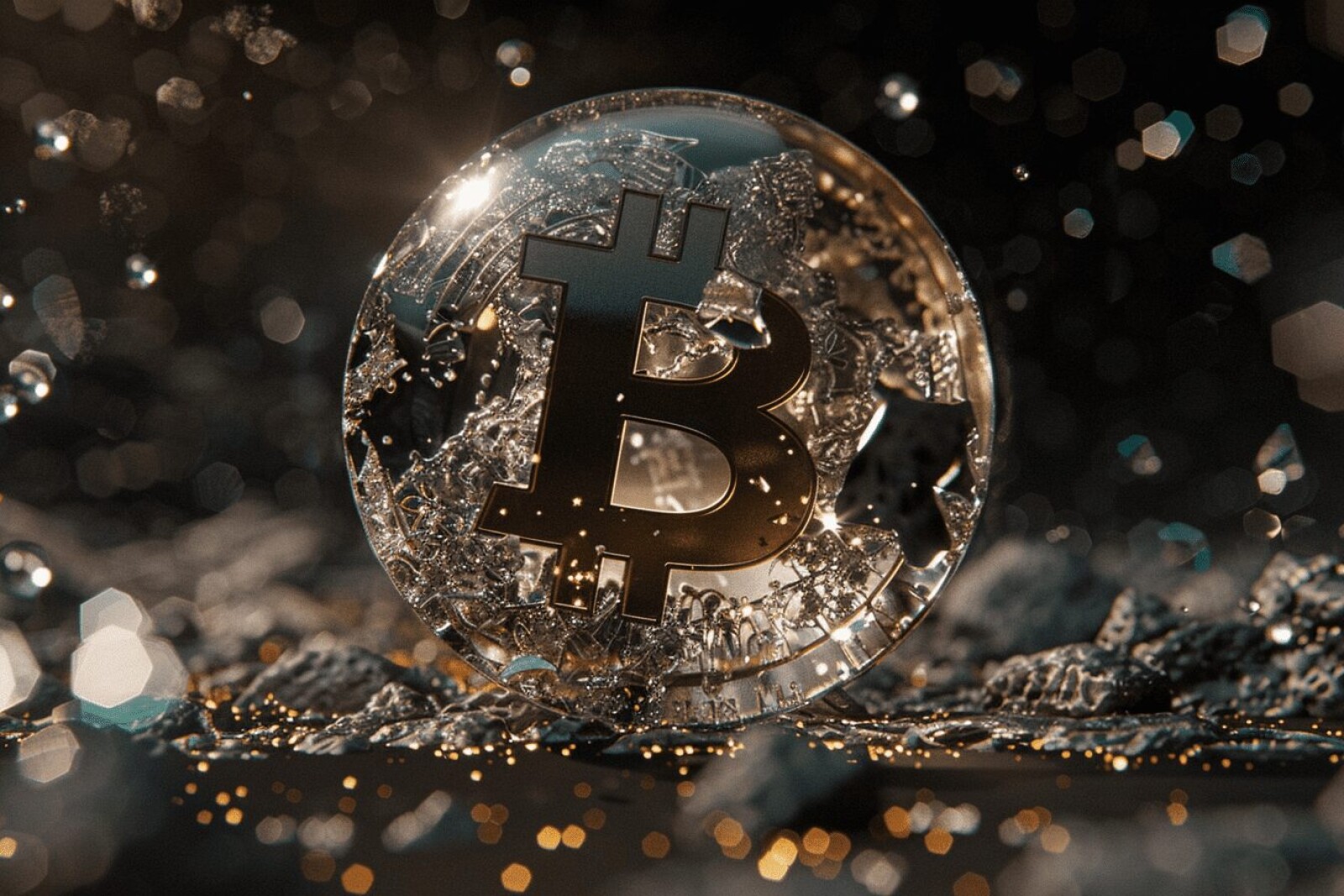
Amelia Altcoin
From Pixels to Profits: How NFTs Are Changing the Art World

The art world is undergoing a seismic shift thanks to the rise of NFTs. These digital assets are changing how art is created, sold, and valued, offering unprecedented opportunities and challenges for artists and collectors. Here’s a look at how NFTs are transforming the art landscape from pixels to profits.
A New Canvas for Creativity
NFTs provide artists with a new medium to express their creativity. Unlike traditional art, digital art can incorporate dynamic elements like animation, interactive features, and augmented reality. This opens up endless possibilities for artists to experiment and innovate.
Moreover, NFTs enable artists to reach a global audience without the need for physical galleries or intermediaries. Platforms like OpenSea, Rarible, and Foundation allow artists to mint and sell their work directly to collectors, democratizing the art market.
Financial Empowerment for Artists
One of the most significant advantages of NFTs is financial empowerment. Traditionally, artists often struggle to make a living from their work due to high gallery commissions and limited market access. NFTs change this by offering artists a direct revenue stream. When an NFT is sold, artists receive the proceeds without intermediaries taking a hefty cut.
Additionally, smart contracts enable artists to earn royalties on secondary sales. This means every time their work is resold, they receive a percentage of the sale price, ensuring ongoing income and recognition for their creations.
The Rise of Digital Collectibles
NFTs have given birth to a new category of art: digital collectibles. These are unique digital items that can be collected, traded, and displayed in virtual galleries. Projects like CryptoPunks and Bored Ape Yacht Club have gained immense popularity, attracting collectors who see these NFTs as status symbols and investments.
Digital collectibles often come with added perks, such as access to exclusive events, merchandise, and communities. This enhances their value and appeal, creating a vibrant market for digital art.
Challenges and Controversies
Despite the benefits, the NFT art world faces several challenges and controversies. Environmental concerns are at the forefront, as the energy consumption of blockchain networks like Ethereum has raised questions about the sustainability of NFTs. Artists and platforms are exploring eco-friendly alternatives to address these issues.
Another challenge is the issue of intellectual property and plagiarism. The ease of copying digital art has led to instances of unauthorized sales and disputes over ownership. Platforms are implementing verification processes and legal measures to protect artists and ensure the authenticity of NFTs.
The Future of Art Galleries
Traditional art galleries are also adapting to the NFT revolution. Many galleries are now incorporating digital art into their collections and hosting virtual exhibitions. This hybrid approach allows them to reach a broader audience and stay relevant in the digital age.
Furthermore, NFTs are creating new opportunities for art curation and collaboration. Curators can organize virtual exhibitions featuring artists from around the world, while artists can collaborate on digital projects, blending different styles and mediums.
Investment and Speculation
The financial aspect of NFTs has attracted investors and speculators looking to profit from the booming market. While some view NFTs as a new asset class with high potential returns, others caution against the volatility and speculative nature of the market.
For artists, this means navigating a landscape where their work is not only appreciated for its artistic value but also for its potential as an investment. Balancing artistic integrity with market demands is a challenge that many artists face in the NFT space.
In conclusion, NFTs are revolutionizing the art world by providing new avenues for creativity, financial empowerment, and global reach. While challenges remain, the potential for growth and innovation in the NFT art market is immense. Artists and collectors alike are embracing this digital revolution, transforming pixels into profits and reshaping the future of art.













